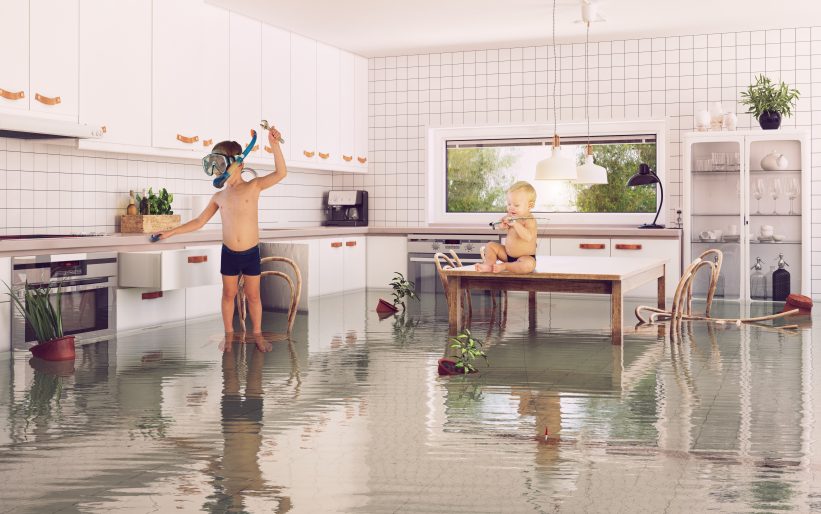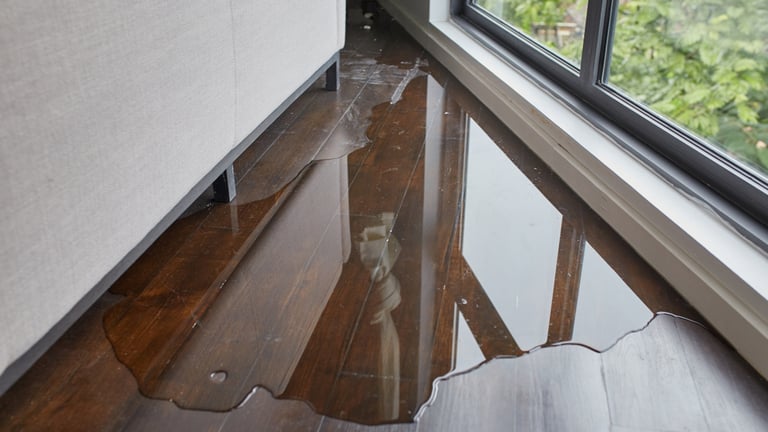Do's & Don'ts of Water Restoration.
Do's & Don'ts of Water Restoration.
Blog Article
Everyone may have their own individual conception in relation to Ways to Reduce The Risk Of Fire And Water Damage.

Water provides life, yet water invasion on some components where it's not supposed to be can result in damage and trouble. In addition, homes with water damage odor stuffy and also old.
Water can originate from many sources like tropical cyclones, floodings, burst pipelines, leaks, and also sewer problems. It's much better to have a working knowledge of security preventative measures if you have water damages. Right here are a few standards on how to take care of water damages.
Do Prioritize Home Insurance Coverage Protection
Seasonal water damages can originate from floods, seasonal rainfalls, as well as wind. There is also an occurrence of a sudden flood, whether it originated from a defective pipe that unexpectedly breaks right into your house. To safeguard your house, obtain house insurance policy that covers both acts of God such as all-natural disasters, as well as emergencies like damaged plumbing.
Don't Fail To Remember to Shut Off Energies
When calamity strikes and also you remain in a flood-prone location, switch off the main electric circuit. Shutting off the power prevents
When water comes in as water serves as a conductor, electric shocks. Don't fail to remember to switch off the primary water line valve as a method to prevent even more damages.
Keep your furniture steady as they can relocate about and also trigger extra damage if the floodwaters are getting high.
Do Stay Proactive and Heed Weather Signals
Storm floods can be extremely unforeseeable. Remain aggressive and also ready at all times if you live in a location pestered by floods. Pay attention to the information as well as emptying cautions if you live near a body of water like a creek, river, or lake. Take out your prized possessions and vital files from the very beginning and cellar, after that put them in a refuge and the highest feasible degree.
Do Not Neglect the Roof
Your roofing contractor needs to take treatment of the defective seamless gutters or any various other indications of damages or weakening. An inspection will stop water from streaming down your walls and soaking your ceiling.
Do Pay Attention to Tiny Leaks
There are red flags that can draw your focus as well as suggest to you some weakened pipelines in your residence. Indicators of red flags in your pipelines include gurgling paint, peeling off wallpaper, water streaks, water stains, or dripping sounds behind the wall surfaces. Repair service as well as check your plumbing fixed before it results in enormous damages to your residence, finances, and an individual headache.
Don't Panic in Case of a Burst Pipeline
Timing is vital when it comes to water damages. If a pipe bursts in your residence, immediately shut off your primary water valve to cut off the resource and also protect against even more damages. Call a reliable water damage restoration professional for support.
Water offers life, yet water invasion on some components where it's not supposed to be can result in damages and also inconvenience. In addition, homes with water damages scent old and also stuffy.
Seasonal water damage can come from floodings, seasonal rainfalls, as well as wind. Signs of red flags in your pipelines consist of bubbling paint, peeling off wallpaper, water touches, water spots, or dripping noises behind the wall surfaces. If a pipe bursts in your house, quickly closed off your main water shutoff to cut off the resource and also stop more damages.
Water Damage Do and Don'ts
Water damage at your home or commercial property is a serious problem. You will need assistance from a professional plumber and a water damage restoration agency to get things back in order. While you are waiting for help to arrive, however, there are some things you should do to make the situation better. Likewise, there are things you absolutely shoud not do because they will only make things worse.
DO these things to improve your situation
Get some ventilation going. Open up your doors, your windows, your cabinets – everything. Don’t let anything remain closed. Your aim here is to expose as much surface area to air as possible in order to quicken the drying out process. Use fans if you have them, but only if they’re plugged into a part of the house that’s not currently underwater.
Remove as much standing water as you can. Do this by using mops, sponges and clean white towels. However, it’s important that you don’t push or wipe the water. Simply use blotting motions to soak it up. Wiping or pushing could result in the water getting pushed deeper into your home or carpeting and increasing your problem.
Turn off the power to the soaked areas. You will want to remove the danger of electrocution from the water-logged area to do some cleaning and to help the plumber and the restoration agents do their work.
Move any furniture and belongings from the affected room to a safe and dry area. Taking your possessions to a dry place will make it easier to decide which need restoring and repair. It will also prevent your belongings from being exposed to further moisture.
DON’T do any of these things for any reason
Don’t use your vacuum cleaner to suck up the water. This will not only get you electrocuted, but will also severely damage your vacuum cleaner. Use manual means of water removal, like with mops and pails.
Don’t use newspaper to soak up the water. The ink they use for newsprint runs and transfers very easily, which could then stain carpet and tile with hard-to-remove stains.
Don’t disturb mold. This is especially true if you spot a severe growth. Leave the mold remediation efforts to the professionals. Attempting to clean it yourself could mean exposing yourself to the harmful health effects of mold. Worse, you could inadvertently spread it to other areas of the house.
Don’t turn on your HVAC system until given approval from the restoration agency. Turning your HVAC system on before everything has been cleaned could spread moisture and mold all over the house.
https://www.dreyersdki.com/about-us/blog/water-damage-do-and-donts

Do you enjoy reading about Reducing Your Risk Of Water And Fire Damage At Home? Write feedback directly below. We'd be glad to know your insights about this article. In hopes that you come back again in the near future. Don't hesitate to take the time to distribute this blog post if you enjoyed reading it. Thank you so much for taking the time to read it.
Report this page